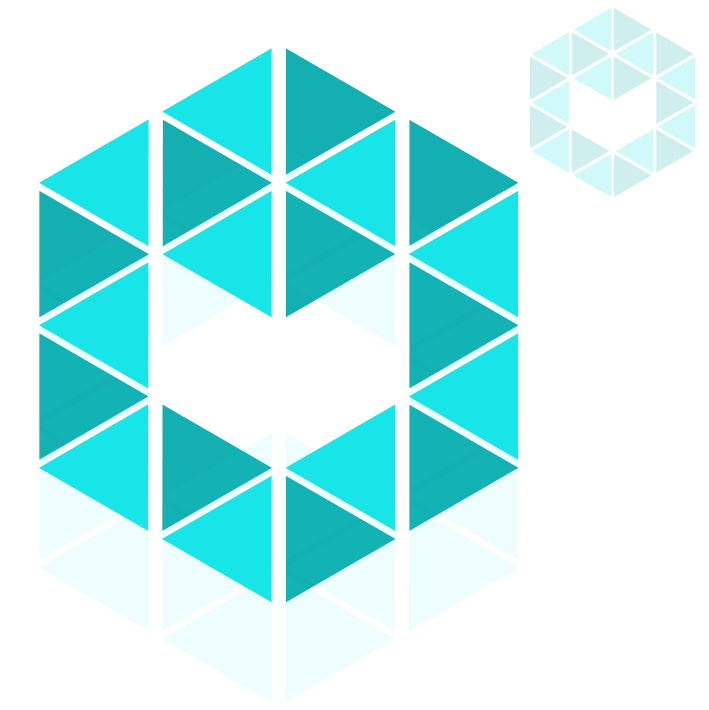Eight Bells Ltd is an SME company specializing in AI, ML, IoT and software technologies with targeted IT solutions, based in Nicosia, Cyprus and Athens, Greece. The company’s analysts and engineers focus on cutting-edge technologies research and development, boasting a lengthy track record in EU- and nationally-funded research initiatives. The company’s diverse portfolio encompasses system engineering and integration services, embedded hardware design and software development, as well as targeted and customized innovative solutions.
In TERMINET, Eight Bells Ltd participates as a use case partner in Use Case 4 (UC4): “Prediction and Forecasting System for Optimizing the Supply Chain in Dairy Products” led by MEVGAL. Additionally, the company is involved in Use Case 6 (UC6): “Mixed Reality and ML Supported Maintenance and Fault Prediction of IoT-based Critical Infrastructure” led by Public Power Corporation (PPC).
In UC4 different types of data from IoT sensors are collected, including data from factory storages, individual storages, and raw milk storage within MEVGAL facilities. Additionally, business data provided by external partner of MEVGAL are collected.
Furthermore, external data from various sources, such as information about the weather and the stock market, is also incorporated, aiming to enhance MEVGAL’s decision support capabilities.
Based on these data, the local AI model for sales forecasting undergoes training. Then, within the Application Layer of the TERMINET platform, a Prediction Analytics Framework is created for generating the final sales forecasting information, based on the 8BL Analytic Toolset for Forecasting (ATF).
The ATF, a software component, forecasts expected production in a factory using data from smart sensors. It operates as a time-series forecasting tool, training a LSTM ANN using past sales data of products. The model is then tested on an unseen validation set of data to assess its performance in terms of RMSE (root mean squared error). A simple baseline model, and more specifically, a persistence baseline (4-weeks shift of the timeseries) is also generated and the LSTM’s RMSE is compared to that of the baseline to assess the performance. Finally, a 4-week forecast into the future is also made that predicts the daily sales of a product. Graphs of the input data, baseline-model validation set & predictions and the LSTM’s validation set & predictions are also generated. The ATF envisions to optimize the production volume of products and hence reduce the amount of waste, leading to an efficient and greener production line.
UC6 validates and indicates major TERMINET platform features related to scenarios for improving maintenance operations in industrial environments. UC6 includes two basic types of scenarios: a) predictive maintenance and b) AR-assisted maintenance using smart glasses. UC6 is expected to have a significant impact on the achievement of TERMINET objectives since it aims to show TERMINET’s ability to protect critical infrastructure and improve its functioning by optimizing overall maintenance operations. In UC6, 8BL participated in the building of the RTU (Remote Terminal Unit) Maintenance Application which is responsible for the AR-assisted maintenance of the RTU units of PPC. The goal of the AR application is threefold: a) to provide instructions to field engineers to successfully complete maintenance tasks, minimizing the possibility of errors; b) to enable remote engineers to constantly monitor field engineers during the maintenance task and provide guidelines to successfully complete the task; and c) to use the AR instructions as training material, facilitating training and knowledge transfer. 8BL developed the QR scanner, a crucial tool for the AR application, a smart application which scans QR codes, retrieves information and provides the ability to execute various actions such as automatic guidelines providing to a field engineer for RTU maintenance. This tool tackles the challenge of restricted direct communication between field/industry engineers and remote experts during maintenance. It streamlines the process by employing a QR scanner, allowing engineers to operate with both hands free. Additionally, it provides field/industry engineers with direct access to crucial information and guidelines.
